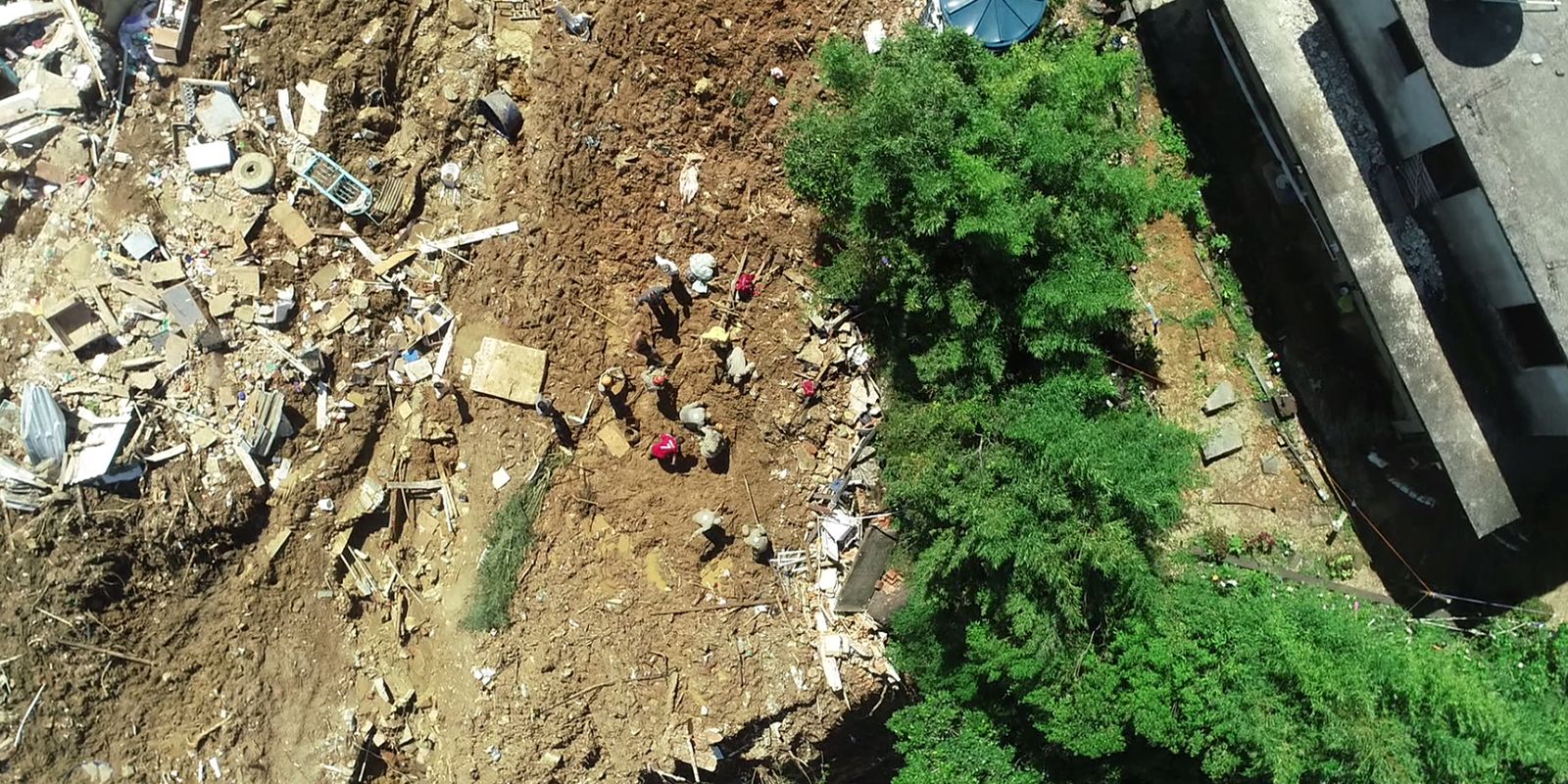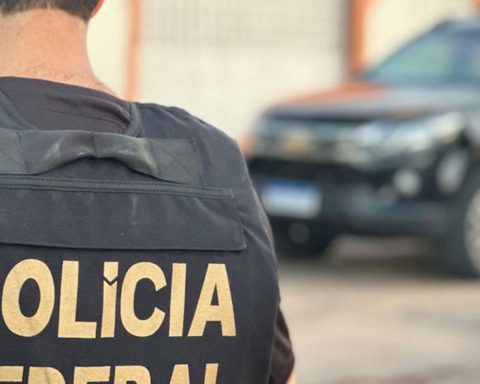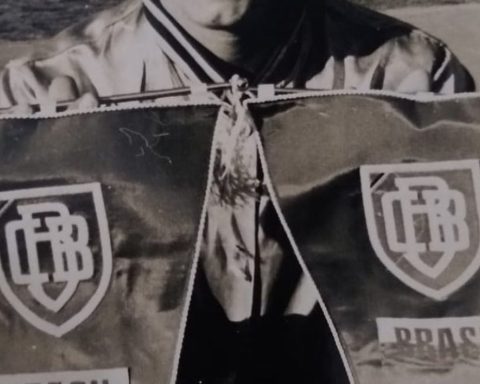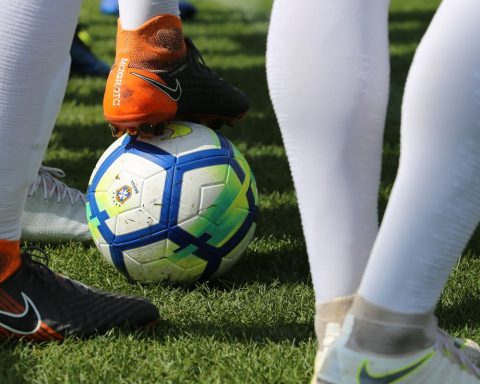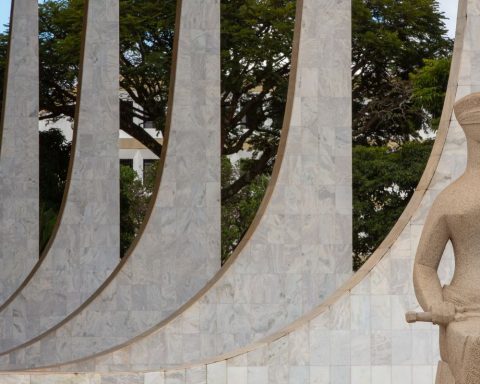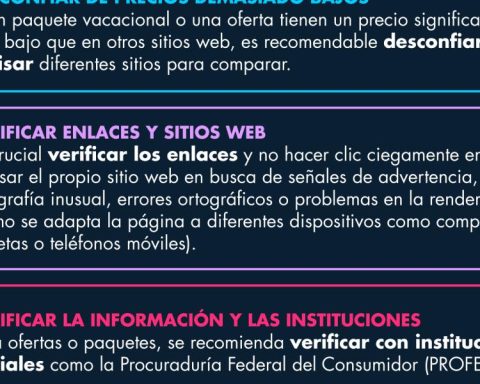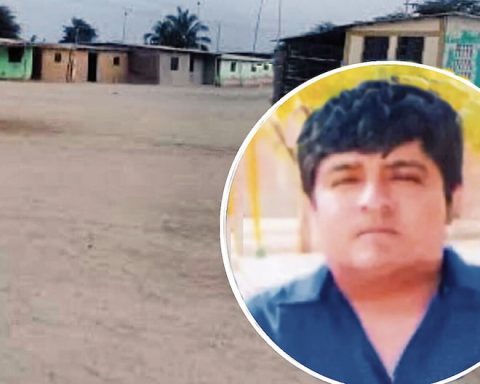Work coordinated by engineer Marcelo Musci, from the State University of Rio de Janeiro (Uerj), west campus, recently published in Journal of Social and Environmental Managementuses drones and artificial intelligence (AI) to monitor the illegal disposal of solid waste in remote areas. 
According to researchers, dumping is more common in hard-to-reach places, such as hillsides, vacant lots, riverbanks and forest areas, contributing to environmental degradation and posing a risk to collectors and street cleaners.
The study is funded by the Carlos Chagas Filho Foundation for Research Support of the State of Rio de Janeiro (Faperj).
In an interview with National RadioMarcelo Musci explained that the drone is used to locate garbage debris in hard-to-reach places, where human vision cannot see.
According to Marcelo, the debris, in addition to polluting, causes the risk of landslides and contributes to the proliferation of rats, cockroaches and other urban pests.
“If you use a drone, you have a better view of the location, something that satellites cannot do because satellite images, in addition to being very expensive, have a resolution that is not as good as that of a drone,” he explained.
According to the research coordinator, if the AI is programmed to detect trash, instead of an abandoned house, for example, it will place a virtual marker around that point in the video where it is programmed to have trash deposited. If trained, this technology can identify even smaller waste, such as organic waste.
Neural network
The study uses a neural network based on the functioning of the human brain. In the case of the study, the AI was trained to detect bagged debris, construction waste, pieces of wood and abandoned objects.
“You train the network by presenting photographs of what you want the network to identify. Then, a marker is placed on the video clip showing what it found. If you train this network with smaller organic waste, the drone will have to be at a lower altitude to locate it. By combining this, the technology can locate whatever you want,” he explained.
Marcelo Musci said that in Europe, the technology is already used to locate waste in polluted rivers in cities. In Brazil, there are still no studies on the subject.
The drone has a battery life of 20 to 30 minutes. “It can’t go too far from the coast, unless you go with a boat. There’s a certain limit to how far it can go. In small lagoons, however, like the Barra da Tijuca Lagoon, it can detect trash. It can be expanded to rivers and lagoons, you just need to practice.”
Floods
The professor said that if the technology is trained to detect floating trash in rivers, it can prevent this waste from accumulating and blocking drainage channels, worsening floods, such as those that occurred in Rio de Janeiro in January of this year.
“Technology can help in this regard. The tool is new but is being underutilized,” he said. According to him, there is a lack of people with expertise to expand the use of technology.
The study was carried out in several regions of the western part of the city, including the surroundings of the university campus, and managed to identify and label images containing traces of irregular disposal, with 92% efficiency. Of a total of 4,169 objects, only 338 were not identified by the machine.
Although the researchers are still refining the technique, they intend to propose future partnerships with GEO-Rio, the Rio de Janeiro city government agency responsible for monitoring hillsides, Marcelo said.
* Carol Pessoa, from National Radio
